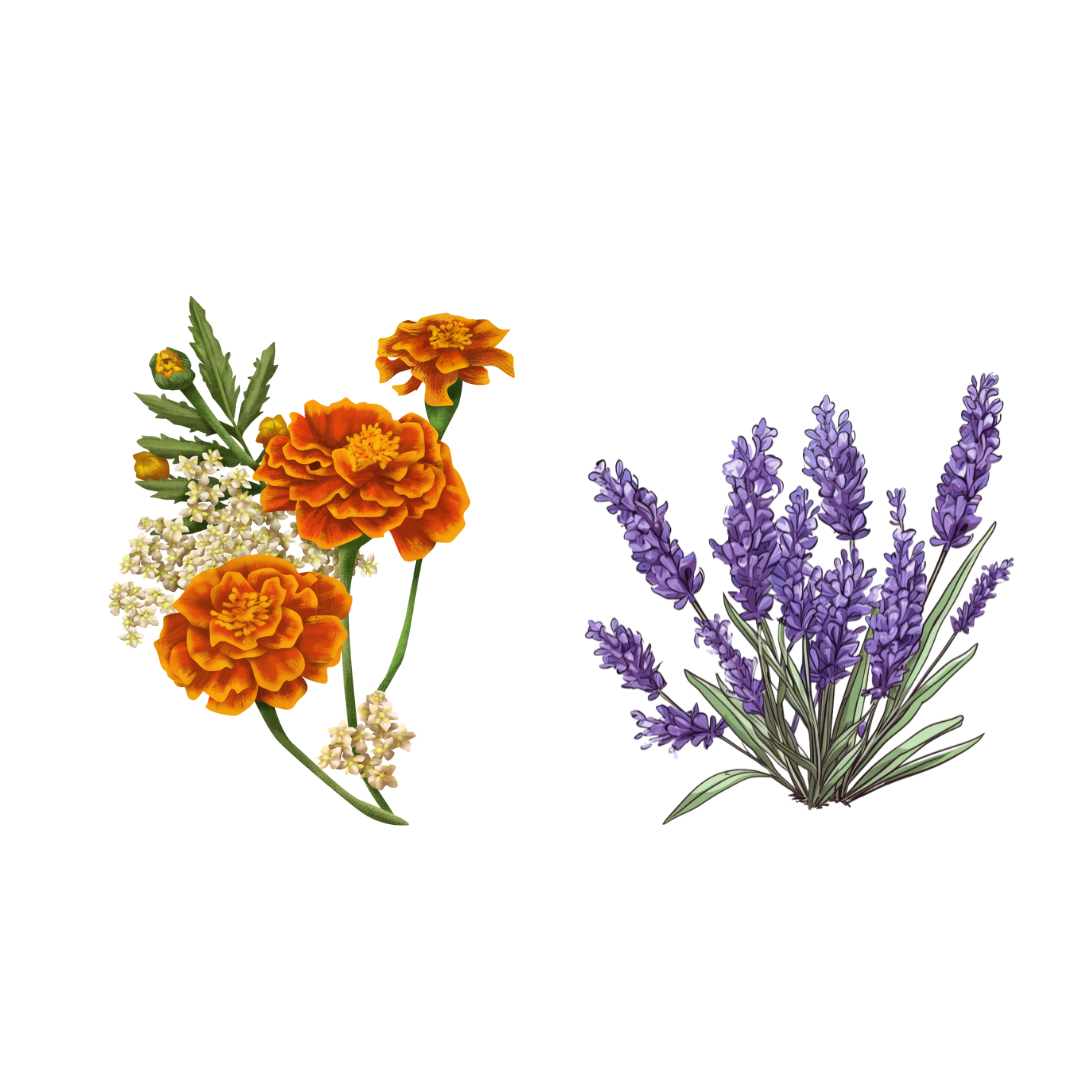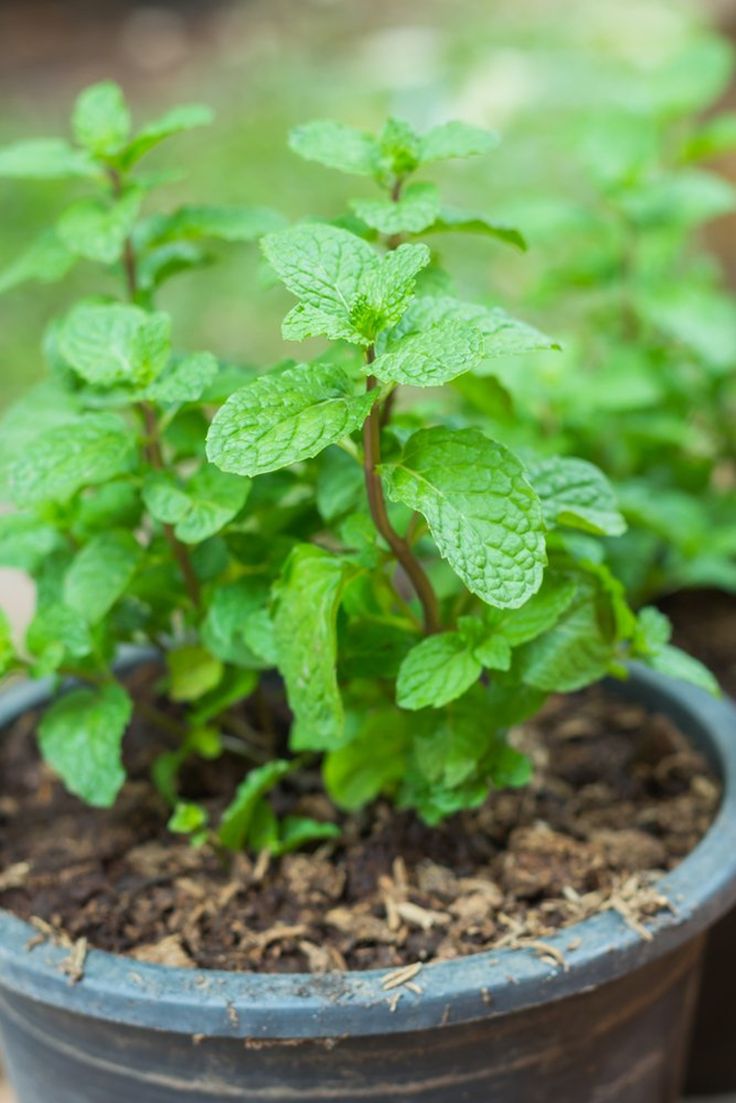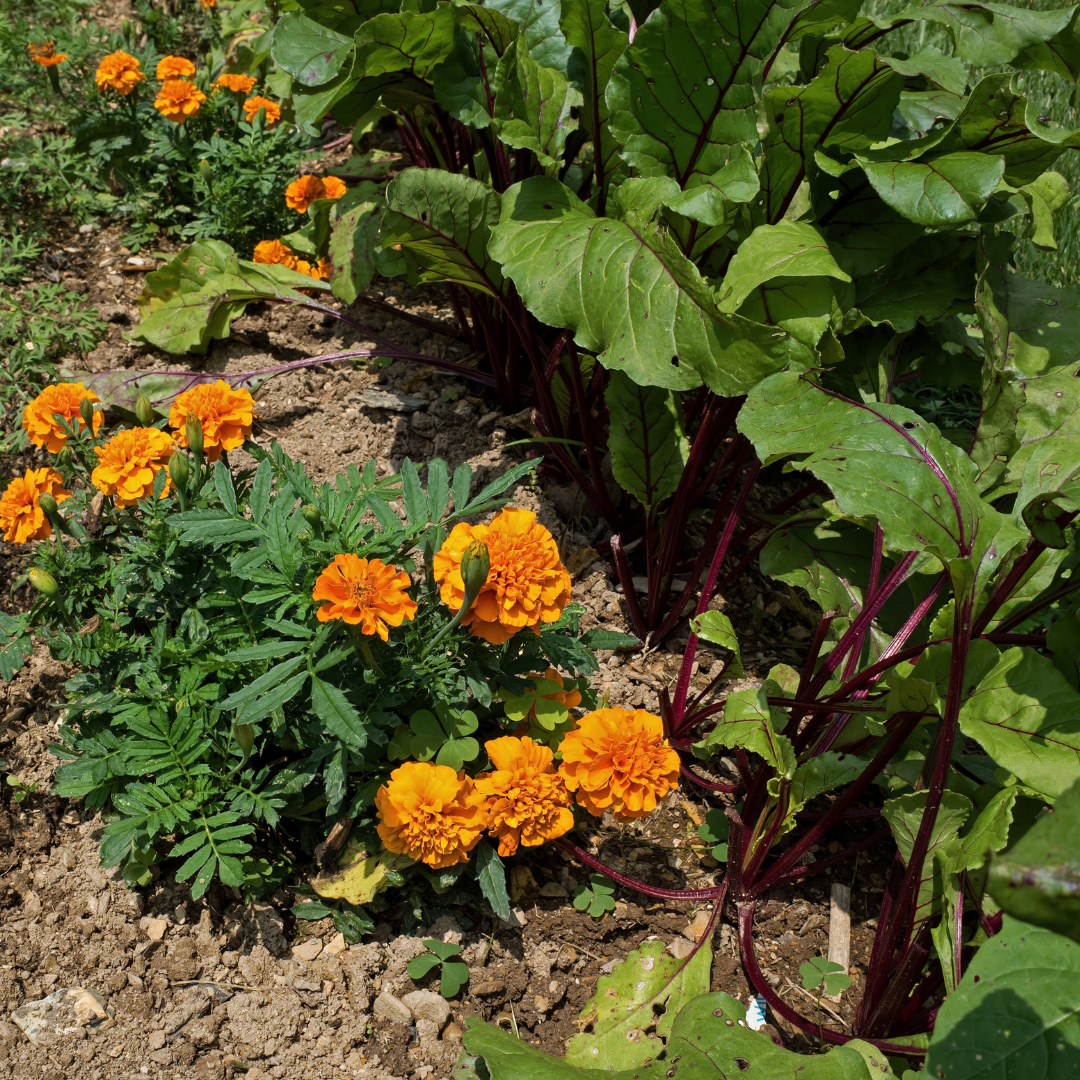Companion Planting for Natural Pest Control
Pests can cause significant damage to crops, reducing yield and affecting plants’ health. Many farmers rely on chemical pesticides to manage pests, but there are natural methods that can help control them without harming the environment.

One of the most effective and environmentally friendly techniques is companion planting. This is an ancient practice that involves planting specific crops together to repel pests and promote healthy plant growth naturally.
In this blog post, we will explore how companion planting works, its benefits, and which plant pairings are most effective for natural pest control.
What is Companion Planting?
Companion planting is the practice of growing different plants close to each other to benefit from their natural interactions. Some plants naturally repel pests, while others attract beneficial insects that prey on pests.

By combining the right plants, you can create a balanced ecosystem where pests are less likely to cause problems.
This technique has been used for centuries, especially in organic farming and gardening. It’s a simple, cost-effective method that not only controls pests but also improves soil health, enhances crop yield, and helps conserve water.
How Does Companion Planting Control Pests?
Companion planting works by creating natural barriers or attracting helpful insects that can keep pest populations under control. Here are a few ways it helps:
- Repelling Pests: Some plants have strong scents that deter pests. For example, marigolds release chemicals that repel aphids and nematodes.
- Attracting Beneficial Insects: Some plants, such as dill and fennel, attract insects like ladybugs and parasitic wasps that prey on harmful pests like aphids and caterpillars.
- Disguising Vulnerable Plants: Growing strong-scented plants next to vulnerable crops can mask the scent of the crop and confuse pests. Herbs like basil and mint are great for this purpose.
Best Companion Plants for Pest Control
Now, let’s look at some of the best companion plants that you can use to naturally control pests in your garden or farm.
1. Marigolds
Marigolds are known for their bright flowers and strong fragrance, but they’re also fantastic at repelling pests. They release a chemical called limonene, which repels aphids, whiteflies, and even some soil-dwelling pests like nematodes.
Planting marigolds around your vegetable garden can act as a protective barrier.

Best Companion Plants:
- Tomatoes
- Peppers
- Cucumbers
2. Basil
Basil is not just a tasty herb for cooking, it’s also a powerful pest repellent. Its strong aroma repels flies, mosquitoes, and even tomato hornworms. Planting basil near your tomatoes is one of the most common companion planting strategies.

Best Companion Plants:
- Tomatoes
- Peppers
- Asparagus
4. Chives and Garlic
Both chives and garlic have strong odors that can confuse and repel pests. Garlic, in particular, is effective against aphids, spider mites, and Japanese beetles. Chives help deter carrot flies and aphids.

Best Companion Plants:
- Carrots
- Lettuce
- Roses
5. Dill
Dill is excellent for attracting beneficial insects like ladybugs, hoverflies, and parasitic wasps, which are natural predators of harmful pests like aphids and caterpillars. This makes dill a great companion for crops that are prone to pest infestations.
Best Companion Plants:
- Cucumbers
- Cabbage
- Lettuce
6. Mint
Mint’s strong scent confuses pests and keeps them away from nearby plants. However, it’s important to note that mint can be invasive, so it’s best to plant it in containers to prevent it from taking over your garden.

Best Companion Plants:
- Cabbage
- Broccoli
- Peas
Tips for Successful Companion Planting
To get the most out of companion planting, here are some tips to follow:

1. Know Your Plants
Each plant has its own set of benefits, so it’s important to research the specific needs and characteristics of the plants you want to grow. Make sure you’re pairing plants that will truly benefit each other.
2. Consider Plant Spacing
Some plants may require more space or light than others, so consider the growth patterns of your crops when planning your garden. Taller plants can provide shade for smaller, sun-sensitive plants, but you also don’t want them to block too much light.
3. Rotate Crops
Companion planting works best when combined with crop rotation. By rotating your crops, you can help prevent pests from becoming established in your soil and reduce the risk of diseases spreading.
4. Use Trap Crops
If you have a persistent pest problem, consider using trap crops to lure pests away from your main crops. These sacrificial plants can keep pests from attacking your valuable crops.
5. Experiment
Not all companion plant pairings work the same way in every garden or climate. Feel free to experiment with different combinations and observe what works best for your specific conditions.
Additional Benefits of Companion Planting
In addition to natural pest control, companion planting has several other benefits that can improve the health and productivity of your garden:

1. Enhanced Soil Health
Some plants, like legumes, help fix nitrogen in the soil, which is essential for healthy plant growth. When you pair nitrogen-fixing plants with crops that have high nitrogen needs, such as corn, both plants benefit.
2. Improved Pollination
Companion planting can also improve pollination. Flowers like sunflowers and zinnias attract pollinators like bees, which help increase fruit and vegetable production.
3. Better Use of Space
By pairing plants with different growth habits, you can maximize the use of space in your garden. For example, you can plant vining crops like cucumbers alongside taller plants like corn to save space and improve yield.
Conclusion
Companion planting is a time-tested method of natural pest control that benefits both your plants and the environment. By strategically planting crops together, you can reduce the need for chemical pesticides, attract beneficial insects, and even improve your soil health.
Whether you’re a small-scale gardener or a large-scale farmer, companion planting is a sustainable solution that helps protect your crops and promote a healthier, more resilient ecosystem.
So, the next time you’re planning your garden or farm layout, consider incorporating companion planting. Not only will it help control pests, but it will also improve the overall health and productivity of your plants. Happy planting!

Pingback: Why Sustainable Farming Can Help You Save Money Long Term